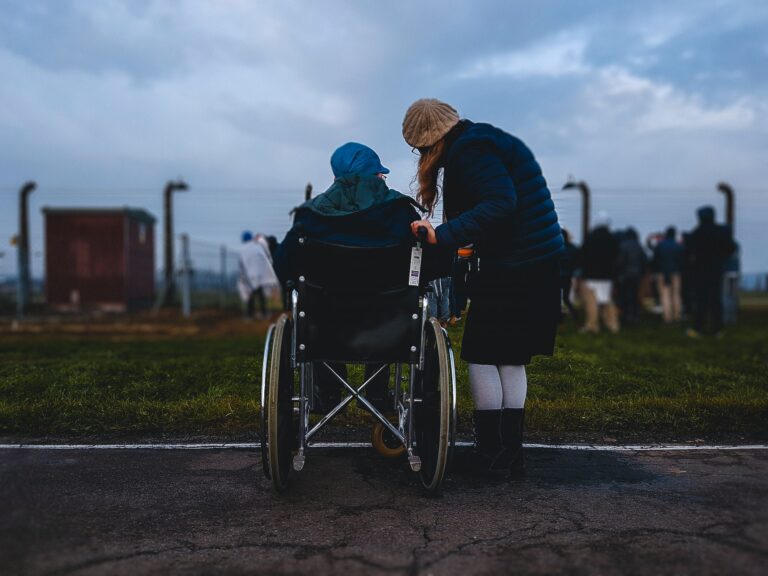
In general, CIDP disease life expectancy for patients is comparable to that of healthy counterparts, however, the quality of life may be significantly impacted. Quadriplegia (paralysis of the arms and legs), respiratory failure, and death rarely occur.
Speak to a Specialist
About Copay AssistanceHighlights
- CIDP is a rare neurological disorder affecting nerves outside your brain and spinal cord.
- CIDP disease life expectancy for patients is comparable to that of their healthy counterparts.
- Complications, coexisting medical conditions, and treatments impact life span rather than CIDP itself.
- Long-term outlook is generally favorable, with only a fraction of people dying due to the disease or its complications.
- Death rates have steadily decreased in the last few decades.
A Quick Overview of CIDP
CIDP is a rare neurological disorder. It occurs when a person’s immune system attacks myelin (the fatty layer that protects the nerve fibers) in the peripheral nerves. Peripheral nerves lie outside your brain and spinal cord.
About 30,000 people in the US live with CIDP [1].
How Does CIDP Affect Life Expectancy?
CIDP is unlikely to directly affect life expectancy, as evidenced in several studies. However, complications and coexisting medical issues can shorten life expectancy and cause a significant decrease in quality of life.
For instance, the risk of anxiety, depression, and memory problems is higher in people with CIDP. Weakness and fatigue can negatively impact one’s ability to perform daily activities, possibly leading to depression [2].
Additionally, there may be a higher risk of suicide among people with neurological disorders [3].
Weakness of the legs can increase the risk of falls and injuries. Moreover, people with CIDP tend to have unnoticed or repeated injuries, which can impact their life span.
Complications may also arise due to treatment for this condition.
Death due to CIDP is rare. Thanks to effective treatments such as IVIG and plasma exchange (plasmapheresis), deaths due to CIDP have steadily decreased from 2002 to 2014 [4].
Can You Recover From CIDP?
Full recovery is possible. However, permanent loss of nerve function is frequent. Moreover, the chances of functional recovery decrease with age [5].
Does CIDP Get Worse Over Time?
Early treatment is crucial to keep the symptoms under control. Without treatment, the symptoms will likely worsen. Symptoms can include:
- Tingling or numbness in fingers and toes
- Fatigue
- Weakness of the arms and legs
- Loss of balance
Left untreated, 1 in 3 individuals with CIDP will need a wheelchair.
Get IVIG Copay Assistance | Your IVIG Treatment Info
Get IVIG Prior AuthorizationWhat Is the Long-term Outcome for People With CIDP?
According to a 2023 review, nearly 50% of individuals with CIDP had a favorable outcome and no disability [6].
Only a small fraction of people died due to the disease or treatment complications, and over 40% achieved remission. Remission is a period during which the signs and symptoms are reduced or no longer present.
Another study suggests that 13 – 24% of people have severe disabilities despite treatment, and about 40% of them need continuous immunosuppressant therapy [7].
In a 5-year follow-up study in Japanese CIDP patients [8]:
- 87% of the 38 participants were able to walk 5 years later.
- 26% experienced complete remission for over two years without treatment.
- 39% still required immune treatments.
- 13% had severe disabilities.

CIDP Disease Life Expectancy: Frequently Asked Questions
What is the latest treatment for CIDP?
In February 2021, the FDA approved Pfizer’s Panzyga (IVIG) for the treatment of adults with CIDP. It is the first and only FDA-approved intravenous immunoglobulin with two maintenance dosing options to treat CIDP.
Can nerves recover from CIDP?
Though permanent loss of nerve function is common, some people may have their nerve function restored.
What Is the Success Rate of CIDP Treatment?
89 – 90% of people with CIDP respond to one of the first-line therapies: IVIG, plasma exchange, and corticosteroids [9].












